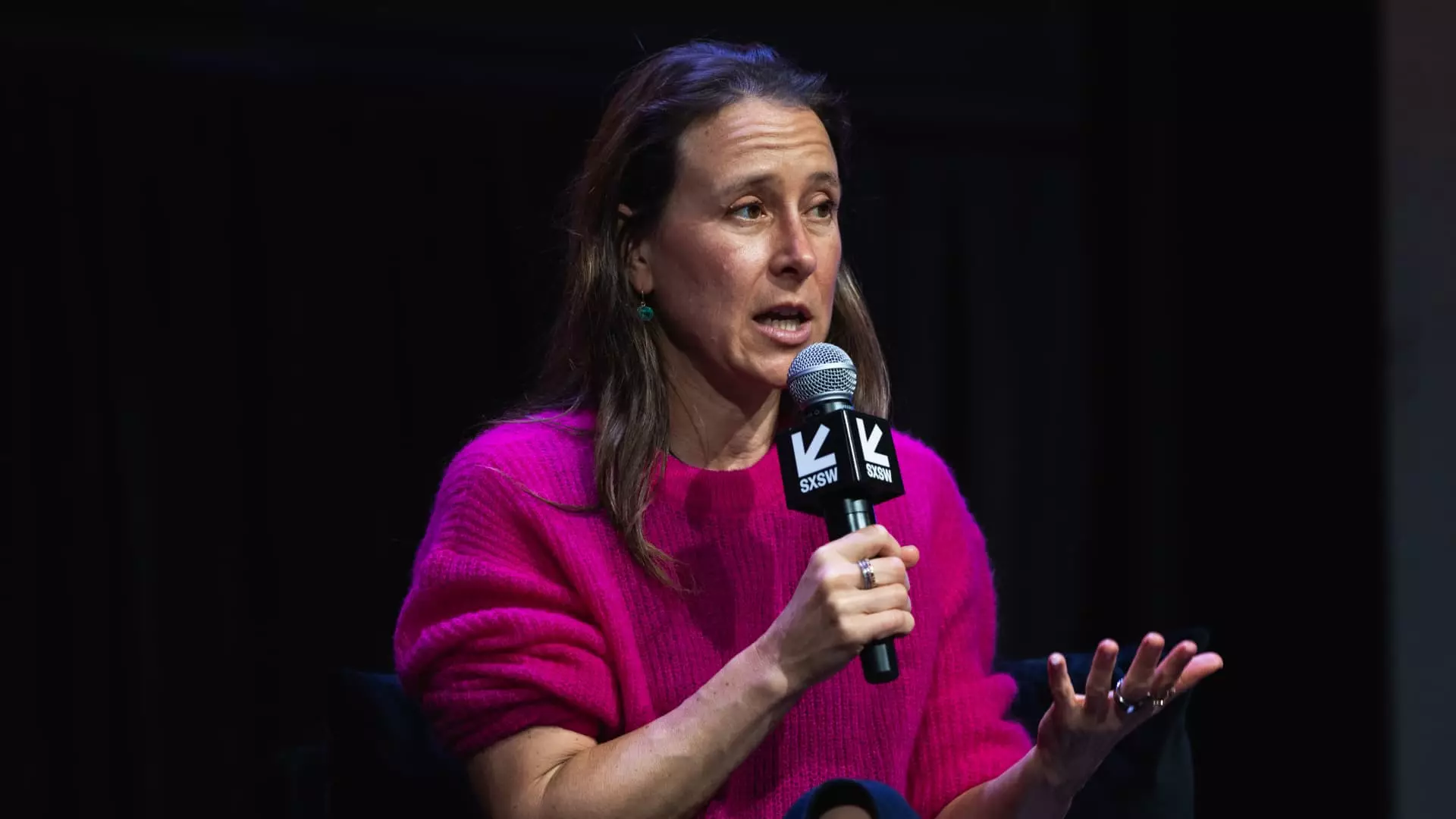In a stunning development that reverberates throughout the tech and healthcare industries, 23andMe has declared bankruptcy, marking the unraveling of a company once celebrated as a paragon of innovation and promise. Once soaring with a valuation as high as $6 billion, the company now finds itself grappling with a stark reality, having plummeted to a market capitalization of approximately $25 million. This downfall serves as a potent reminder of the ruthless nature of the business world, where today’s darling can quickly become tomorrow’s pariah.
23andMe emerged onto the scene in 2006, spearheaded by Anne Wojcicki, whose vision was to democratize genetic information through at-home DNA testing kits. The concept was revolutionary, allowing individuals to explore their ancestry and genetic predispositions from the comfort of their living rooms. However, the allure of groundbreaking technology often blinds us to the inevitable challenges that come with scalability and sustainability, especially when it comes to sensitive subjects like genetic data.
Leadership in Crisis
Wojcicki’s abrupt resignation, while indicative of leadership accountability, also raises questions about her suitability to steer the company through its turbulent waters. In a statement on social media, she expressed a bittersweet acknowledgment of the company’s struggles while insisting her belief in its future remains steadfast. Nevertheless, this rhetoric falls flat when juxtaposed against the stark reality of an organization that has consistently faltered in its fiscal responsibilities and strategic direction.
Her successor, Joseph Selsavage, the former chief financial officer, now faces an uphill battle as interim CEO. With a special committee formed to evaluate the company’s trajectory and her own proposals to take it private rejected, it is apparent that the leadership turmoil within 23andMe is far from resolved. If Selsavage wishes to restore confidence—both internally and externally—he must prove that he can emerge from the shadows of Wojcicki’s reign and forge a new path, one devoid of the missteps that have characterized the company’s recent years.
Financial Mismanagement and Market Realities
What led to this abrupt decline? A lack of recurring revenue streams and questionable expansion into research and therapeutics has left 23andMe vulnerable. Unlike traditional healthcare companies with reliable patient bases, the direct-to-consumer genetic testing model has proven ineffective at sustaining long-term viability. The promise of personalized medicine, it seems, is undermined by financial fragility.
Compounding these challenges are privacy concerns that have festered among consumers and regulators alike. The breach of nearly 7 million customers’ data by hackers cannot be understated; the damage to consumer trust is likely irreparable. The California Attorney General has stepped in, urging residents to reconsider their association with the brand, sparking a mass exodus that only worsens the company’s quandary.
Moreover, the paradox of modern technology—where convenience often overshadows privacy—plays a pivotal role in 23andMe’s declining reputation. In prioritizing growth over governance, the company has created an environment where consumer confidence is hanging by a thread.
Where Does 23andMe Go from Here?
The proposed Chapter 11 filing hints at a desperate attempt to restructure and recover, but the odds remain stacked against the company. With estimated assets and liabilities both residing in the same bracket of $100 million to $500 million, the pathway to recovery is laden with obstacles.
Wojcicki’s intention to continue as an independent bidder further complicates matters. While her commitment to advocating for consumer rights is commendable, her historical mismanagement raises serious questions about her ability to lead in this new context. The sales process, aimed at soliciting qualified bids, may only serve to fracture the company further, stripping it of its identity and purpose.
The story of 23andMe is not merely one of a company in financial freefall; it is emblematic of the pitfalls that accompany ambition in the unrelenting tech landscape. If there is a lesson to be gleaned from this tale of overreach and ambition, it is a clear warning that even the brightest prospects can turn dark without responsible leadership and a vigilant commitment to consumer trust.

